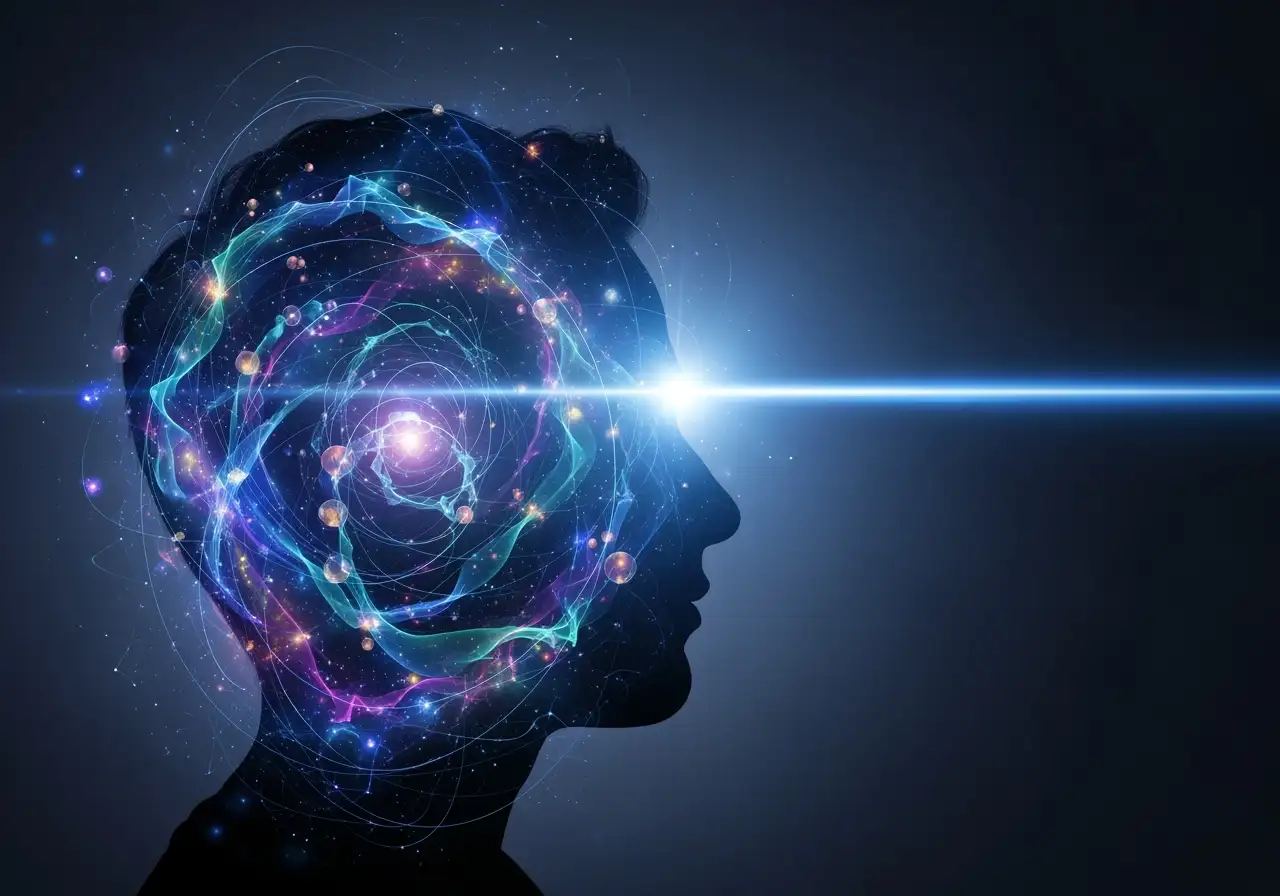Bridging Ancient Wisdom and Quantum Mindfulness
Bridging Ancient Wisdom and Quantum Mindfulness
The profound notion that our inner world profoundly shapes our external experience is far from a contemporary revelation. For millennia, long before the advent of modern neuroscience or the intricate models of quantum physics, sages, mystics, and philosophical traditions across diverse cultures delved into the complex interplay between consciousness and reality. The Quantum Mindfulness framework, with its revolutionary emphasis on conscious reality construction and active mastery, stands as a modern synthesis, artfully weaving these enduring insights with cutting-edge psychological and ontological understanding. It offers a truly transformative path for those seeking to wield their innate power of perception.
Consider the profound teachings of Stoicism, a philosophy that flourished in ancient Greece and Rome. Stoics, such as Epictetus and Marcus Aurelius, posited that human suffering stemmed not from external events themselves, but from our judgments and interpretations of them. Their rigorous practices were designed to cultivate an unshakeable inner citadel, fostering control over one’s thoughts and emotional responses to cultivate tranquility and resilience. This resonates deeply with a core tenet of Quantum Mindfulness: the principle that our internal state is a matter of choice and focused attention, rather than an automatic reaction to external stimuli. The Stoic understood, much like Quantum Mindfulness elucidates through its Observer-Participant Theory, that while the external world may present a probabilistic field of possibilities, our internal Psycho-Volitional Dimension (Pd1) holds the key to directing the psychodynamic collapse of these potentials into our experienced reality. Their emphasis on internal locus of control directly parallels the Quantum Mindfulness concept of active mastery over one’s mental landscape.
Similarly, the rich tapestry of Eastern contemplative traditions, particularly Buddhism and various forms of Yoga, have dedicated millennia to the systematic cultivation of mind. Practices such as meditation and mindfulness, at their very core, are sophisticated methods for training attention and refining awareness. These traditions consistently teach that the mind is the primary source of both suffering and liberation. By meticulously understanding and skillfully directing its inherent processes, one can attain profound states of peace, clarity, and insight. The concept of sunyata, or emptiness, in certain Buddhist schools, for instance, speaks to the fluid, interdependent, and non-inherently existent nature of phenomenal reality. This radical fluidity aligns uncannily with the Quantum Mindfulness notion of cognitive superposition – the dynamic probability field of unresolved mental potential that exists before conscious attention resolves it into a definite experience through psychodynamic wave collapse. The subtle yet powerful influence of the Psycho-Meditative Dimension (Pd3) in structuring and harmonizing these potentials, as understood within Quantum Mindfulness, finds its echoes in the contemplative practices aimed at achieving structured understanding and insight.
Even within Western intellectual currents, figures like Ralph Waldo Emerson and the Transcendentalists championed the individual’s inherent divinity and capacity for self-reliance and intuition to shape one’s own experience. Later, various psychological movements, from psychoanalysis to humanistic psychology, hinted at the immense power of belief formation and visualization in achieving desired outcomes, albeit often without a comprehensive mechanistic model.
What Quantum Mindfulness distinctively contributes is its ability to take these timeless principles — the Stoic’s mastery over internal judgment, the meditator’s cultivation of focused awareness, the philosopher’s recognition of mind’s profound influence — and integrate them with a contemporary, actionable framework. It moves beyond merely acknowledging the “what” (our minds influence reality) to meticulously outlining the “how” through its formal architecture of psychodynamic dimensions and the mechanics of psychodynamic collapse. This framework leverages concepts like the Observer-Participant Dynamic to explain how conscious attention acts as the catalyst for the collapse of a probabilistic mental state into a definite actualized experience. The understanding of cognitive agency, enabled by precise dimensional literacy, empowers individuals to consciously navigate their internal worlds and intentionally sculpt their experienced reality.
Crucially, this framework does not advocate for a denial of objective constraints, referring to them as the bones of reality. Instead, it invites us to recognize our profound agency within these given parameters. It is about leveraging the ancient understanding that consciousness is not merely a passive recipient or reflection of an external reality, but an active participant, a co-creator, in the ongoing creation of our inner world and, by extension, our perceived external reality. By exploring these deep historical and philosophical roots, the Quantum Mindfulness approach offers a rich tapestry of knowledge and practical techniques, empowering you to consciously choose, direct, and sculpt the reality you wish to experience, moving towards true perceptual freedom.
To truly grasp how these profound historical insights converge with cutting-edge techniques to empower your personal transformation, the complete Quantum Mindfulness journey awaits.






